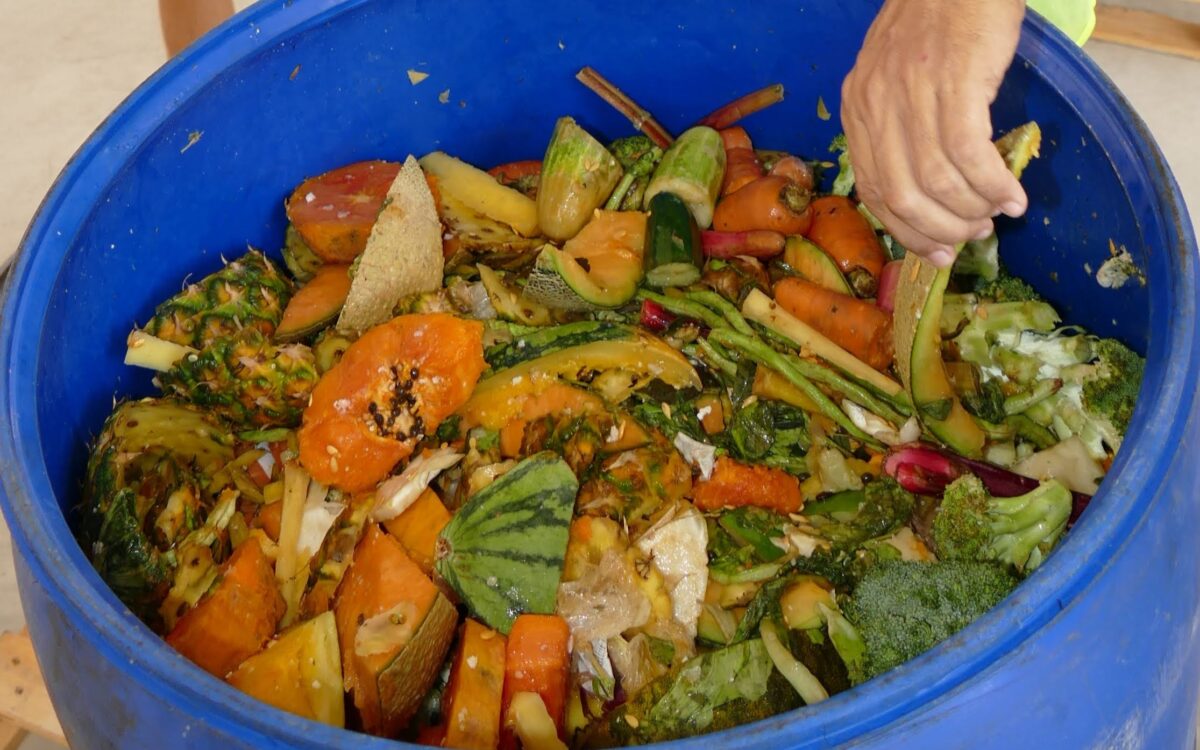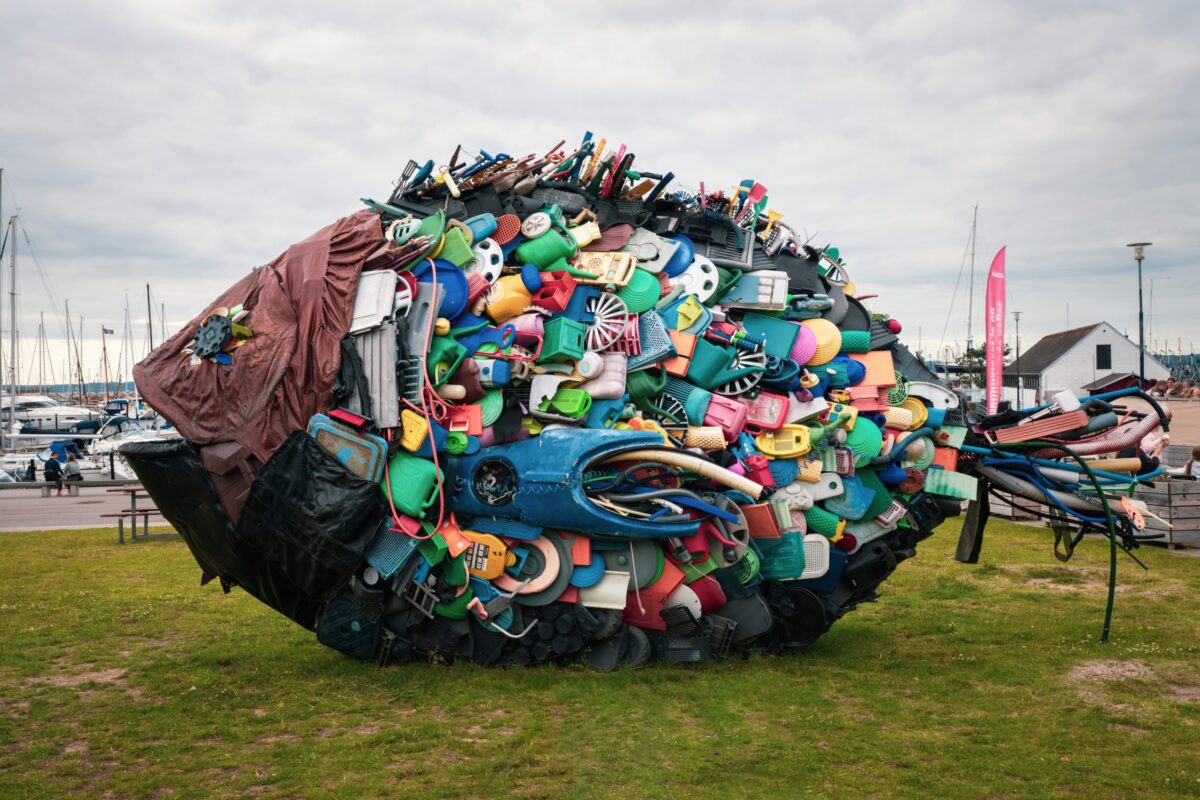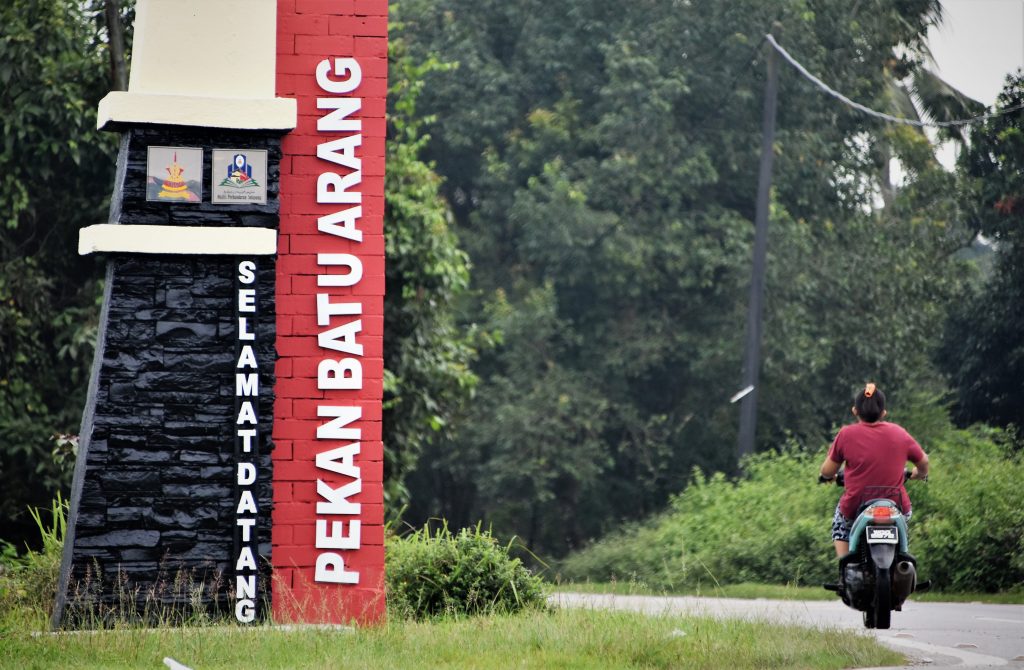I was triggered by the recent article from The Edge on whether our sampah (garbage) is suitable to combust for energy.
The prolong resistance of WtE in Batu Arang is not without a cause considering that we are nonchalant in recycling practices; infrastructures to make recycling easy is limited; not many are aware that food waste can become a resource; not many have the ownership on the waste we generate – we only feel the ownership on the material things we purchase.
With the avalanche of waste still prevailing, our government, be it the federal or state level, has to come out with solutions to the waste problems that are being ignored by the people.
Unfortunately, the solution that our government is eyeing for is to construct more incinerators in our vicinity – a quick fix instead of going for radical change.
If we are left with waste that are not widely acceptable in the recycling system, for example, styrofoam box, PVC material, ABS plastic, fiberglass, ceramics, sofa, bulky furniture, etc. then, yes, we may need to look for alternate disposal method such as land-filling or combustion for energy.
But do you know that for an incinerator to work effectively, any waste that contains more than 40% moisture should be dried prior to burning? And if there is no extensive and persistent efforts by the government and the people to extract the major component of waste – food waste – which contains high moisture, how can we be confident that incinerator will work well?
The Art of Food Waste Recovery
Food waste takes up about 35% of our total waste.
Based on my working experience in current waste management company, we observe that many of our clienteles who operate retail complexes, have such kind of waste composition:
| Type of Waste | Composition |
|---|---|
| Recyclables | 5% |
| Food Waste | 35% |
| General Waste | 60% |
We are proud to say that as a waste management company, we worked very hard to help our customers to extract food waste out from their daily waste disposal and divert it to places that could turn them useful.
In 2019, Japan introduced local Act on Promotion of Food Loss and Waste Reduction. The purpose of the Act is to reduce 50% of food waste by 2030 by encouraging business owners to reduce their generation of food waste and channel their surplus food to either schools or charitable organization. In addition, the government is working towards educating the people about the differences of “best-before-date” and “expiry date”. Oftentimes, we discard food that are still edible except that it may taste less delicious if you eat it after it’s “best-before” period. On the other hand, food that has past its expiry date is deemed as unsafe for consumption. With this implementation, not only food waste can be reduced, food security of a nation can be improved too.
In China, the country has chosen the stick approach (between carrot and stick) by introducing fines on to those that waste food. Its anti-food waste law has taken its course by allowing restaurants to charge additional fee on the excessive amount of unfinished food left by the customers. At the same time, restaurants could be fined too if found to have consistently waste large amount of food.
If our government and people are able to appreciate the art of food waste recovery, be it preventive or curative measures, perhaps having an incinerator will not be necessary. It could be as simple as providing rewards or incentives based on the total kilograms of food waste being diverted away from landfill per year to encourage more commercial and industrial sectors to join the bandwagon.
If 35% of food waste are taken out from landfill, the lifespan of landfill may be able to extend by another 35%.
The Non-Machine-Based Food Waste Solutions
There are many ways to go around solving food waste problems. A quick searching in the internet will give you various answers.
Depending on your sustainability targets and goals, timeline and dateline, magnitude of achievement, various organizations are out there to help you.
Numerous digital news companies have featured our local unsung heroes that are earnestly saving food waste for good. I shall not rewrite them but list a few of them here for your own consumption:
(1) FOLO Farm – organic farm that uses compost from food waste to fertilize the soil
(2) What A Waste – diverting your food waste to marginalised community
(3) The Lost Food Project – feed the hungry, not the landfill
(4) Bioloop – rears Black Soldier Fly Larvae to convert organic waste into animal feed
A lot of these solutions out there require hard work from the waste generators. It takes two to tango. Example:
Waste generators need to coordinate with various stakeholders in a supply chain and this includes educating them the “why” for saving food, communicating on the flow of work and roles of each parties. If it is in a restaurant, the chef needs to be aware that during food preparation, the food waste generated shall be separately collected and not to be mixed with other waste such as food packaging. Other kitchen crews need to then help transfer the accumulated food waste from the kitchen into another storage room for truck collection. The type of container to keep food waste also matters to ensure safe transportation.
Knowing all these background is important to mentally prepare an organisation before kickstarting this laborious project.
Recently, a hotel engaged our company to transport food waste for bio-conversion purposes. But prior to engaging us, they have dedicated four months of their time to educate all their staffs and ensuring everyone embeds on a new work culture towards sustainability. It is not easy as someone in the organisation needs to be the bad cop, monitoring the progress and “nagging” those that did not play a part.
After a few months of doing this, they finally get to taste the sweetness from the fruits of their labour. This happens once they see the result in terms of the amount of food they diverted from landfill, the branding and recognition they receive for their sustainability practices and how it then converts to more guests staying in their hotel.
And more importantly, they saved from the CAPEX and OPEX of purchasing and operating a composting machine to so-called resolve their food waste problem. It is the least desirable asset to take care on top of managing day-to-day problems in a hotel line.
So, now that i have shared my insights on food waste management, I really hope you who are reading this can start strategizing approach towards the food waste problems you observe, be it at home or in your workplace.
Let’s think from a macro view that by demonstrating the potential of food waste to be extracted from the waste stream and converting it into another form of resources, it will be a new ball game to tell others that there are ways to manage waste other than just burning them.
If you are still clueless on how to get started, I can help you! Just write to me lah at shemeigreen[at]gmail.com!



